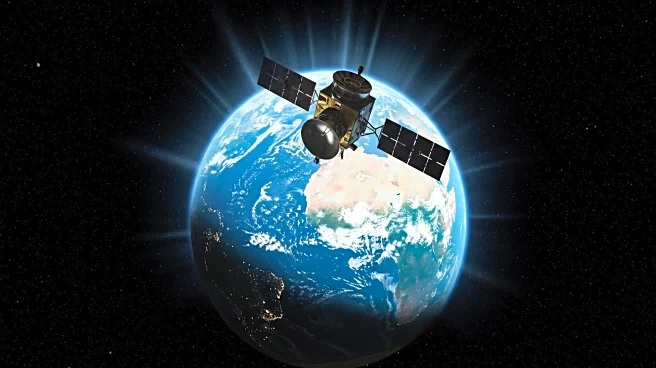Rapid Read • 6 min read
NASA and ISRO's NISAR satellite has successfully deployed its 39-foot antenna reflector in orbit, 17 days after its launch from India. The satellite will monitor Earth's ice sheets, land deformation, and ecosystem changes. The antenna supports two radar systems: an L-band system for cloud penetration and an S-band system sensitive to vegetation and moisture. The deployment marks a significant milestone, enabling high-resolution imaging and aiding disaster response, infrastructure monitoring, and agriculture.
AD
NISAR's advanced radar systems will provide critical data for global communities, improving infrastructure, disaster preparedness, and food security. The satellite's ability to track environmental changes with high precision will enhance scientific understanding and inform policy decisions. The collaboration between NASA and ISRO exemplifies international cooperation in space exploration, leveraging shared expertise to address global challenges.
NISAR will begin delivering transformative science by late fall, providing data for 3D movies of Earth's surface changes. The satellite's radar systems will continue to be fine-tuned for optimal performance. The mission's success could lead to further collaborations between NASA and ISRO, expanding the scope of space-based Earth monitoring.
AD
More Stories You Might Enjoy











